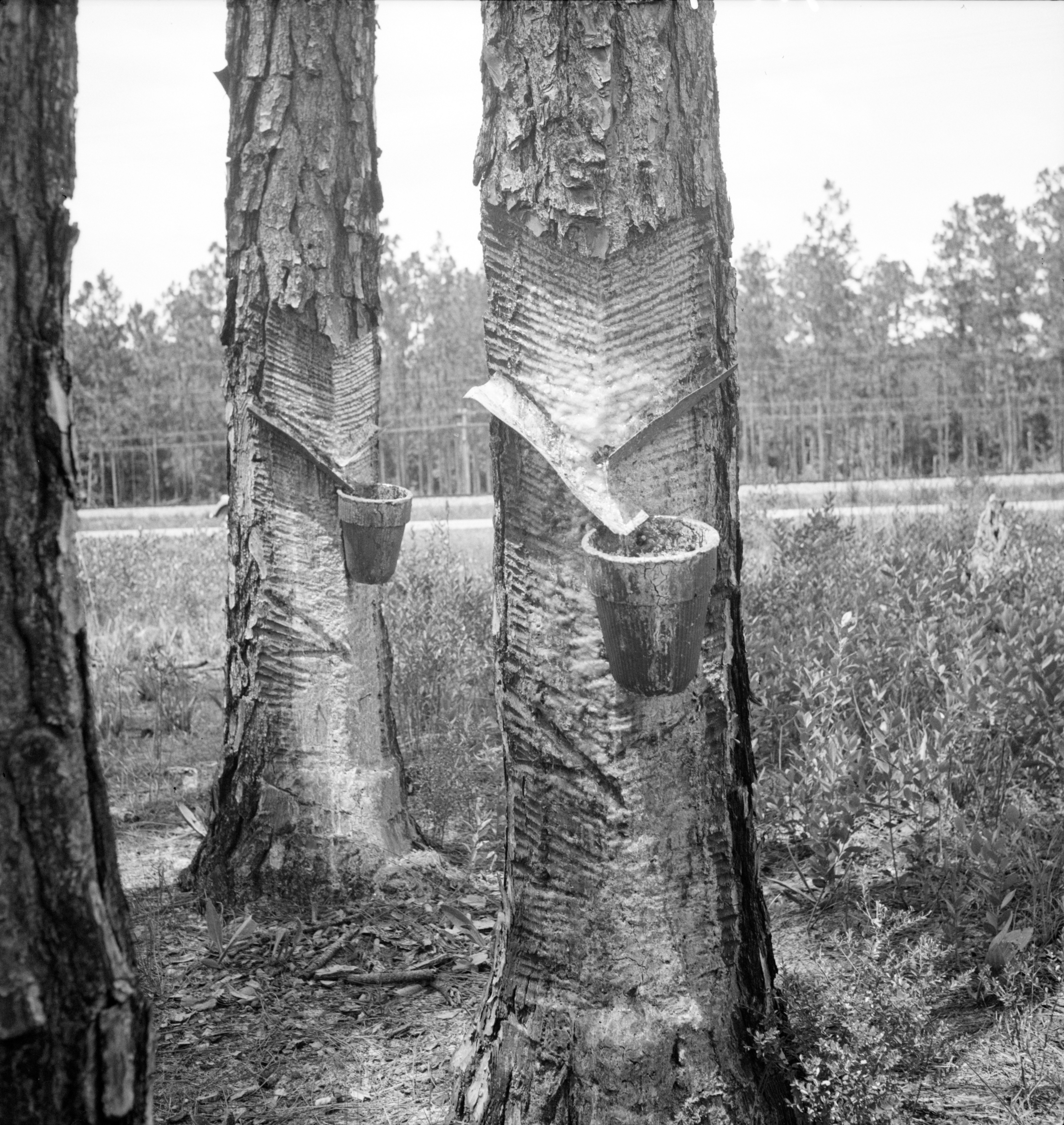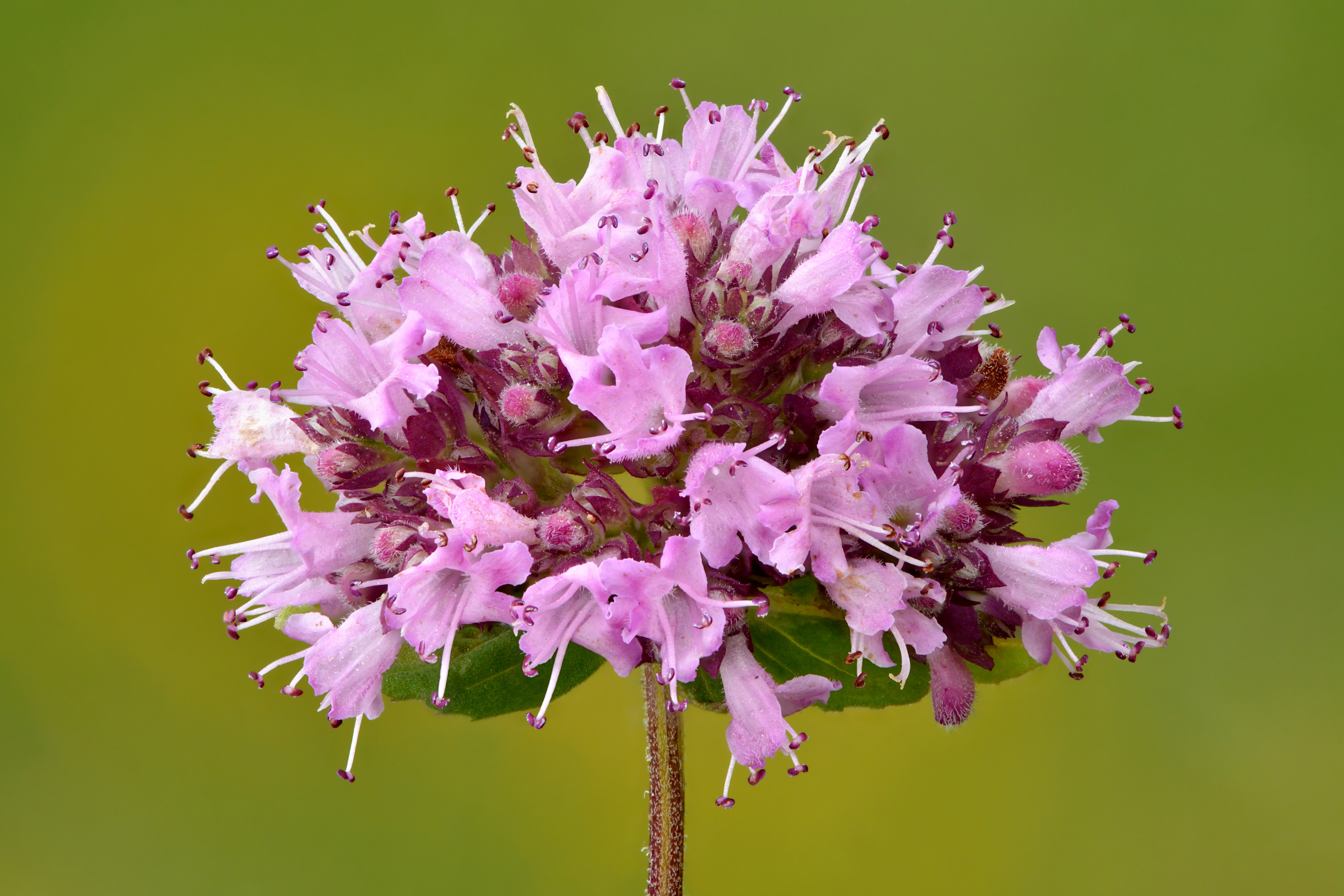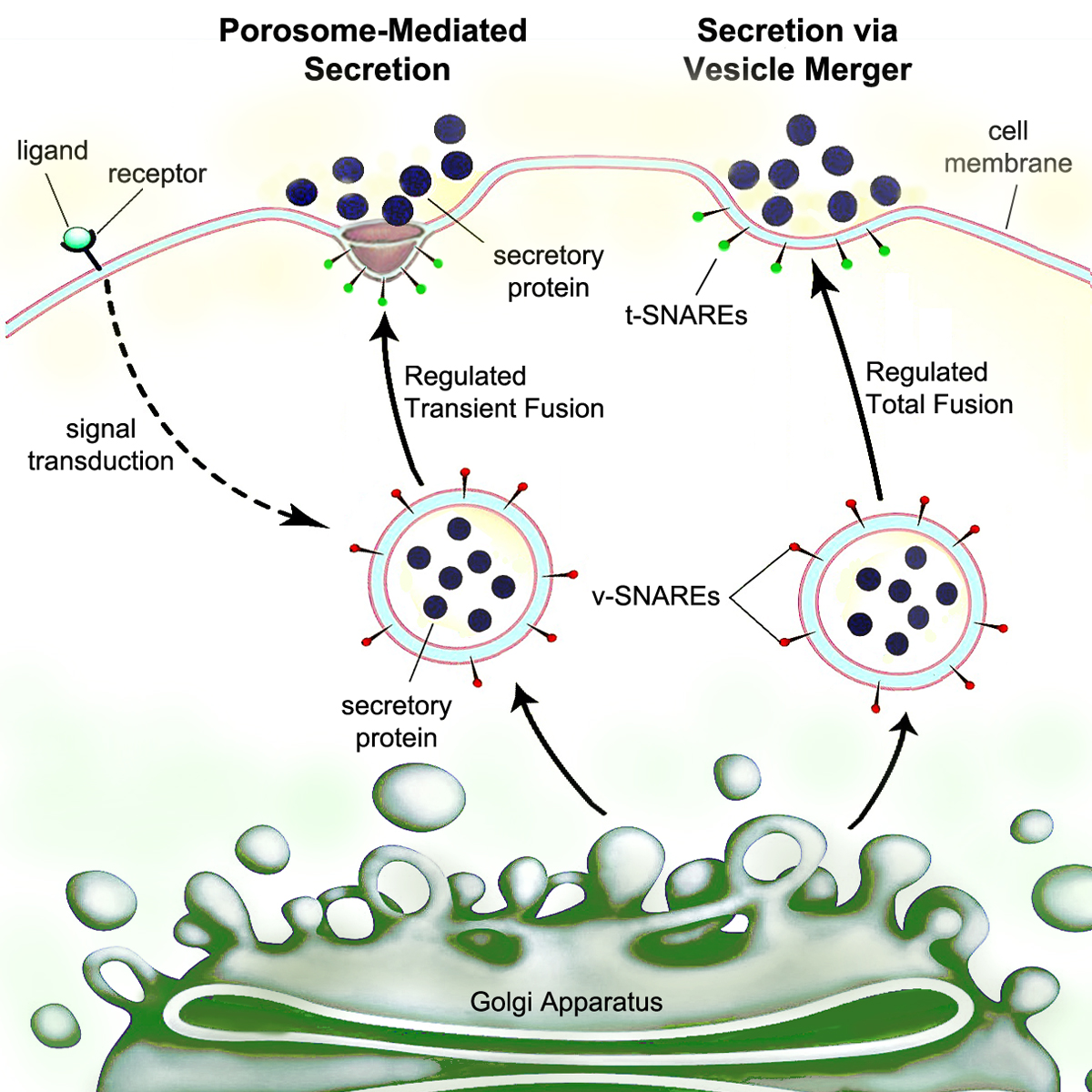|
Terpin
Terpin is an expectorant, used to loosen mucus in patients with bronchitis and related conditions. It is used as the hydrate (terpin·H2O). It is derived from sources such as turpentine, oregano, thyme, and eucalyptus. It was used in the United States in the late nineteenth century, but was removed from marketed medications in the 1990s after the Food and Drug Administration (FDA) found a lack of evidence of safety and effectiveness.United States Food and Drug AdministrationCode of Federal Regulations, Title 21, Volume 5, April 1, 2009/ref> Elixirs of terpin hydrate are still available with a prescription, but must be prepared by a compounding pharmacy. It can be prepared from other volatile oils like geraniol and linalool by adding dilute acids (5% sulfuric acid) to them. Medical uses Terpin hydrate is an expectorant, used in the treatment of acute and chronic bronchitis, pneumonia, bronchiectasis, chronic obstructive pulmonary disease, and infectious and inflammatory disease ... [...More Info...] [...Related Items...] OR: [Wikipedia] [Google] [Baidu] |
Turpentine
Turpentine (which is also called spirit of turpentine, oil of turpentine, terebenthine, terebenthene, terebinthine and, colloquially, turps) is a fluid obtainable by the distillation of resin harvested from living trees, mainly pines. Principally used as a specialized solvent, it is also a source of material for Organic synthesis, organic syntheses. Turpentine is composed of terpenes, primarily the monoterpenes alpha-Pinene, alpha- and beta-Pinene, beta-pinene, with lesser amounts of carene, camphene, limonene, and terpinolene.Kent, James A. ''Riegel's Handbook of Industrial Chemistry'' (Eighth Edition) Van Nostrand Reinhold Company (1983) p.569 Nowadays, turpentine is rarely the product of distillation of pine resin, but is a byproduct of pulping. Pulping is achieved by two processes, the Kraft process and the sulfite process. The turpentines obtained from these two processes differ in their chemical compositions. The sulfite process gives a product that is rich in cymene, w ... [...More Info...] [...Related Items...] OR: [Wikipedia] [Google] [Baidu] |
Thyme
Thyme () is a culinary herb consisting of the dried aerial parts of some members of the genus ''Thymus (plant), Thymus'' of flowering plants in the mint family Lamiaceae. Thymes are native to Eurasia and north Africa. Thymes have culinary, medicinal, and ornamental uses. The species most commonly cultivated and used for culinary purposes is ''Thymus vulgaris'', native to Southeast Europe. History Thymus serpyllum, Wild thyme grows in the Levant, where it might have been first cultivated. Ancient Egyptians used common thyme (''Thymus vulgaris'') for embalming. The Ancient Greece, ancient Greeks used it in their baths and burnt it as incense in their temples, believing it was a source of courage. The spread of thyme throughout Europe was thought to be due to the Ancient Rome, Romans, as they used it to purify their rooms and to "give an aromatic flavour to cheese and liqueurs". In the European Middle Ages, the herb was placed beneath pillows to aid sleep and ward off nightmares ... [...More Info...] [...Related Items...] OR: [Wikipedia] [Google] [Baidu] |
Mucoactive Agent
Mucoactive agents are a class of pharmacologic agents that include expectorants, mucolytics, mucoregulators, and mucokinetics that can affect the volume, viscosity, transportation, and composition of mucus or sputum. They often aid in clearing mucus or sputum from the upper and lower airways. These medications are used to treat respiratory diseases complicated by the oversecretion or inspissation of mucus. These drugs can be further categorized by their mechanism of action. Mechanism of action Mucoactive agents—expectorants—include mucolytics, secretolytics and mucokinetics (also called secretomotorics) * Mucolytics: thin (reduce the viscosity of) mucus * Secretolytics: increase airway water or the volume of airway secretions * Mucokinetics: increase mucociliary transport (clearance) and transportability of mucus by cough * Mucoregulators: suppress underlying mechanisms of mucus hypersecretion Alternatively, attacking the affinity between secretions and the biological ... [...More Info...] [...Related Items...] OR: [Wikipedia] [Google] [Baidu] |
Oregano
Oregano (, ; ''Origanum vulgare'') is a species of flowering plant in the mint family, Lamiaceae. It was native to the Mediterranean region, but widely naturalised elsewhere in the temperate climate, temperate Northern Hemisphere. Oregano is a woody perennial plant, growing to tall, with opposite leaves long. The flowers which can be white, pink or light purple, are long, and produced in erect spikes in summer. It is sometimes called wild marjoram, while its close relative ''Origanum majorana, O. majorana'' is known as sweet marjoram. Both are widely used as Herb, culinary herbs, especially in Turkish, Greek, Spanish, Italian, Latin, and French cuisine. Oregano is also an ornamental plant, with numerous cultivars bred for varying leaf colour, flower colour and habit. Etymology The English word "oregano" is a borrowing of the Spanish language, Spanish , which derives from the Latin , which itself comes from Classical Greek (''orī́ganon''). The ultimate origin is dispu ... [...More Info...] [...Related Items...] OR: [Wikipedia] [Google] [Baidu] |
Geraniol
Geraniol is a monoterpenoid and an alcohol. It is the primary component of citronella oil and is a primary component of rose oil and palmarosa oil. It is a colorless oil, although commercial samples can appear yellow. It has low solubility in water, but it is soluble in common organic solvents. Uses and occurrence In addition to being found in rose oil, palmarosa oil, and citronella oil, it also occurs in small quantities in geranium, lemon, and many other essential oils. With a rose-like scent, it is commonly used in perfumes and in scents such as peach, raspberry, grapefruit, red apple, plum, lime, orange, lemon, watermelon, pineapple, and blueberry. Geraniol is produced by the scent glands of honeybees to mark nectar-bearing flowers and locate the entrances to their hives. It is also commonly used as an insect repellent, especially for mosquitoes. The scent of geraniol is reminiscent of, but chemically unrelated to, 2-ethoxy-3,5-hexadiene, also known as gerani ... [...More Info...] [...Related Items...] OR: [Wikipedia] [Google] [Baidu] |
Elixir
An elixir is a sweet liquid used for medical purposes, to be taken orally and intended to cure one's illness. When used as a dosage form, pharmaceutical preparation, an elixir contains at least one active ingredient designed to be taken orally. Etymology The word was introduced in late Middle English, through Medieval Latin, Latin from the Arabic Language, Arabic (), which in turn is the Arabization of the Ancient Greek () (from () ). For centuries, ''elixir'' primarily meant an ingredient used in alchemy, either referring to a liquid which purportedly converts lead to gold, or a substance or liquid which is believed to cure all ills and Elixir of immortality, give eternal life. Types Non-medicated elixirs These are used as solvents or vehicles for the preparation of medicated elixirs. Active ingredients are dissolved in a 15–50% by volume solution of Ethanol, ethyl alcohol: *aromatic elixirs (United States Pharmacopeia, USP) *isoalcoholic elixirs (Formulary (pharm ... [...More Info...] [...Related Items...] OR: [Wikipedia] [Google] [Baidu] |
Mucous Membrane
A mucous membrane or mucosa is a membrane that lines various cavities in the body of an organism and covers the surface of internal organs. It consists of one or more layers of epithelial cells overlying a layer of loose connective tissue. It is mostly of endodermal origin and is continuous with the skin at body openings such as the eyes, eyelids, ears, inside the nose, inside the mouth, lips, the genital areas, the urethral opening and the anus. Some mucous membranes secrete mucus, a thick protective fluid. The function of the membrane is to stop pathogens and dirt from entering the body and to prevent bodily tissues from becoming dehydrated. Structure The mucosa is composed of one or more layers of epithelial cells that secrete mucus, and an underlying lamina propria of loose connective tissue. The type of cells and type of mucus secreted vary from organ to organ and each can differ along a given tract. Mucous membranes line the digestive, respiratory and rep ... [...More Info...] [...Related Items...] OR: [Wikipedia] [Google] [Baidu] |
Secretory
Secretion is the movement of material from one point to another, such as a secreted chemical substance from a cell or gland. In contrast, excretion is the removal of certain substances or waste products from a cell or organism. The classical mechanism of cell secretion is via secretory portals at the plasma membrane called porosomes. Porosomes are permanent cup-shaped lipoprotein structures embedded in the cell membrane, where secretory vesicles transiently dock and fuse to release intra-vesicular contents from the cell. Secretion in bacterial species means the transport or translocation of effector molecules. For example: proteins, enzymes or toxins (such as cholera toxin in pathogenic bacteria e.g. ''Vibrio cholerae'') from across the interior (cytoplasm or cytosol) of a bacterial cell to its exterior. Secretion is a very important mechanism in bacterial functioning and operation in their natural surrounding environment for adaptation and survival. In eukaryotic cells Me ... [...More Info...] [...Related Items...] OR: [Wikipedia] [Google] [Baidu] |
Lower Respiratory Tract
The respiratory tract is the subdivision of the respiratory system involved with the process of conducting air to the alveoli for the purposes of gas exchange in mammals. The respiratory tract is lined with respiratory epithelium as respiratory mucosa. Air is breathed in through the nose to the nasal cavity, where a layer of nasal mucosa acts as a filter and traps pollutants and other harmful substances found in the air. Next, air moves into the pharynx, a passage that contains the intersection between the oesophagus and the larynx. The opening of the larynx has a special flap of cartilage, the epiglottis, that opens to allow air to pass through but closes to prevent food from moving into the airway. From the larynx, air moves into the trachea and down to the intersection known as the carina that branches to form the right and left primary (main) bronchi. Each of these bronchi branches into a secondary (lobar) bronchus that branches into tertiary (segmental) bronchi, tha ... [...More Info...] [...Related Items...] OR: [Wikipedia] [Google] [Baidu] |
Physiologic
Physiology (; ) is the scientific study of functions and mechanisms in a living system. As a subdiscipline of biology, physiology focuses on how organisms, organ systems, individual organs, cells, and biomolecules carry out chemical and physical functions in a living system. According to the classes of organisms, the field can be divided into medical physiology, animal physiology, plant physiology, cell physiology, and comparative physiology. Central to physiological functioning are biophysical and biochemical processes, homeostatic control mechanisms, and communication between cells. ''Physiological state'' is the condition of normal function. In contrast, '' pathological state'' refers to abnormal conditions, including human diseases. The Nobel Prize in Physiology or Medicine is awarded by the Royal Swedish Academy of Sciences for exceptional scientific achievements in physiology related to the field of medicine. Foundations Because physiology focuses on the fun ... [...More Info...] [...Related Items...] OR: [Wikipedia] [Google] [Baidu] |
Raphaël Lépine
Jacques Raphaël Lépine (6 July 1840 – 17 November 1919) was a French physiologist who was a native of Lyon. Biography From 1860 he served as interne to the hospitals of Lyon, and later moved to Paris, where from 1865 he also worked as a hospital intern. In Paris he was a student of Jean-Martin Charcot (1825–1893). Afterwards, he continued his education at the universities of Berlin (1867) and Leipzig (1869). At Karl Ludwig's laboratory in Leipzig he performed important studies on the vasomotor nerves of the tongue. In 1870 he obtained his doctorate in Paris with a dissertation titled "''De l'hémiplégie pneumonique''". In Paris he successively became ''chef de clinique'' (1872), ''médecin des hôpitaux'' (1874) and agrégé at the Paris faculty (1875). In 1877 he was appointed professor at the medical clinic of the newly established medical faculty in Lyons. Raphaël Lépine is known for his investigations in experimental medicine, that included extensive research i ... [...More Info...] [...Related Items...] OR: [Wikipedia] [Google] [Baidu] |
Heroin
Heroin, also known as diacetylmorphine and diamorphine among other names, is a morphinan opioid substance synthesized from the Opium, dried latex of the Papaver somniferum, opium poppy; it is mainly used as a recreational drug for its euphoric effects. Heroin is used medically in several countries to Pain reliever, relieve pain, such as during childbirth or a heart attack, as well as in opioid replacement therapy. Medical-grade diamorphine is used as a pure Hydrochloride, hydrochloride salt. Various white and brown powders sold illegally around the world as ''heroin'' are routinely diluted with cutting agents. Black tar heroin is a variable admixture of morphine derivatives—predominantly 6-MAM (6-monoacetylmorphine), which is the result of crude acetylation during clandestine production of street heroin. Heroin is typically Drug injection, injected, usually into a vein, but it can also be snorted, smoked, or inhaled. In a clinical context, the route of administration is mo ... [...More Info...] [...Related Items...] OR: [Wikipedia] [Google] [Baidu] |



